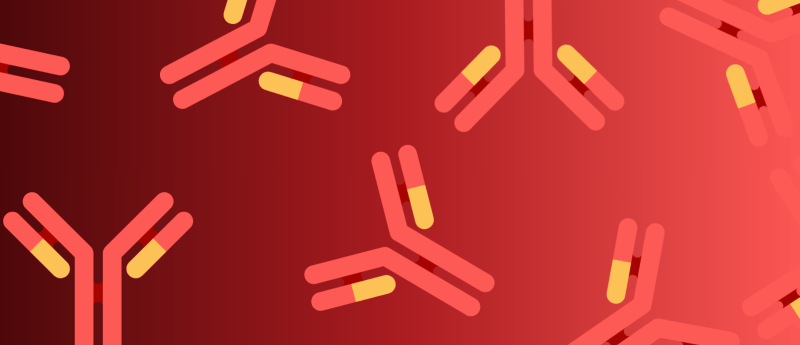Accelerating antibody development with a novel platform

Original story from the University of Illinois Urbana–Champaign (IL, USA).
The oPool+ display platform combines technologies to make and test large numbers of antibodies at once.
Antibodies are the critical targeting agents of the immune system and the crux of immune therapy and vaccine development, but studying them is slow, expensive and labor-intensive. Now, researchers at the University of Illinois Urbana-Champaign (IL, USA) have developed a new high-volume method that can rapidly build and test large numbers of antibodies at once. With it, they have already uncovered common aspects of how antibodies bind across variants of a key influenza target protein.
Traditionally, antibodies have been synthesized and studied one at a time – a daunting prospect, considering that the body can make trillions of different antibodies. “In a research lab, each antibody can take one person weeks to months to produce and analyze. So we asked, how can we scale this up in a way that we can further understand this extremely diverse class of molecules?” explained Wenhao “Owen” Ouyang, the first author of the study.
Dubbed the oPool+ display, the method they developed could drastically accelerate antibody research and the development of new antibody-based treatments, immune therapies and vaccines, shared Nicholas Wu, leader of the study.
 Characterizing and predicting protein modifications with a novel AI tool
Characterizing and predicting protein modifications with a novel AI tool
An AI model that reveals how protein modifications link genetic mutations to disease has been developed.
The researchers began by creating a library of antibodies against a key influenza immune target called hemagglutinin. Since individual immune responses vary, meaning different people can create different antibodies to the same target, the researchers included about 300 identified antibody variants from many different sources in their library. They then combined existing high-volume synthesis tools and a binding analysis platform, which allowed them to create the hundreds of antibodies and test them against an array of different hemagglutinin variants from assorted influenza mutations to characterize how the antibodies bound to the hemagglutinins.
“Instead of analyzing one antibody at a time, this approach let us evaluate thousands of antibody–antigen interactions in just a few days. It not only significantly accelerated the pace of our research but also lowered the cost, both of materials and labor,” explained Wu. “We can reduce 80–90% of the cost just from the materials and supplies alone.”
With the oPool+ display, the researchers built profiles of exactly what each antibody binds, which helps identify the best candidates for treatment development. They also identified features of hemagglutinin antibody activity that were shared across antibodies from many people.
“This is one of the key research areas for influenza vaccination research, because we would like to have a vaccine that works for everyone,” Ouyang commented. “Each of our immune systems is actually quite different, so sometimes it is hard to have a broadly effective vaccine, solely because of the intrinsic differences between our bodies. With this platform, we found these common antibody features among different individuals very quickly.”
Next, the researchers plan to further expand the capacity of oPool+ display from hundreds to thousands or even tens of thousands of antibodies. The platform could be used to characterize antibodies against many other pathogens as well, whether viruses, bacteria or even cancer.
“If there’s another mysterious pathogen in the future that emerges the way COVID-19 did, then once we have identified the targets on the pathogen, we could characterize all antibody responses against it in a very fast way and quickly identify candidates for antibody treatments or vaccines,” Ouyang shared.
The researchers also plan to use oPool+ display to validate and refine artificial intelligence models that suggest antibody structures based on a target antigen.
“We could easily create an AI model that can make a lot of predictions, but we don’t really have an idea of how accurate they are because we haven’t had any way to systematically validate the results,” Ouyang concluded. “So we are excited about using AI to create predictions of antibodies and then validating them in real time with oPool+ and feeding the results back to the AI model to continually improve it.”
This article has been republished from the following materials. Material may have been edited for length and house style. For further information, please contact the cited source. Our press release publishing policy can be accessed here.